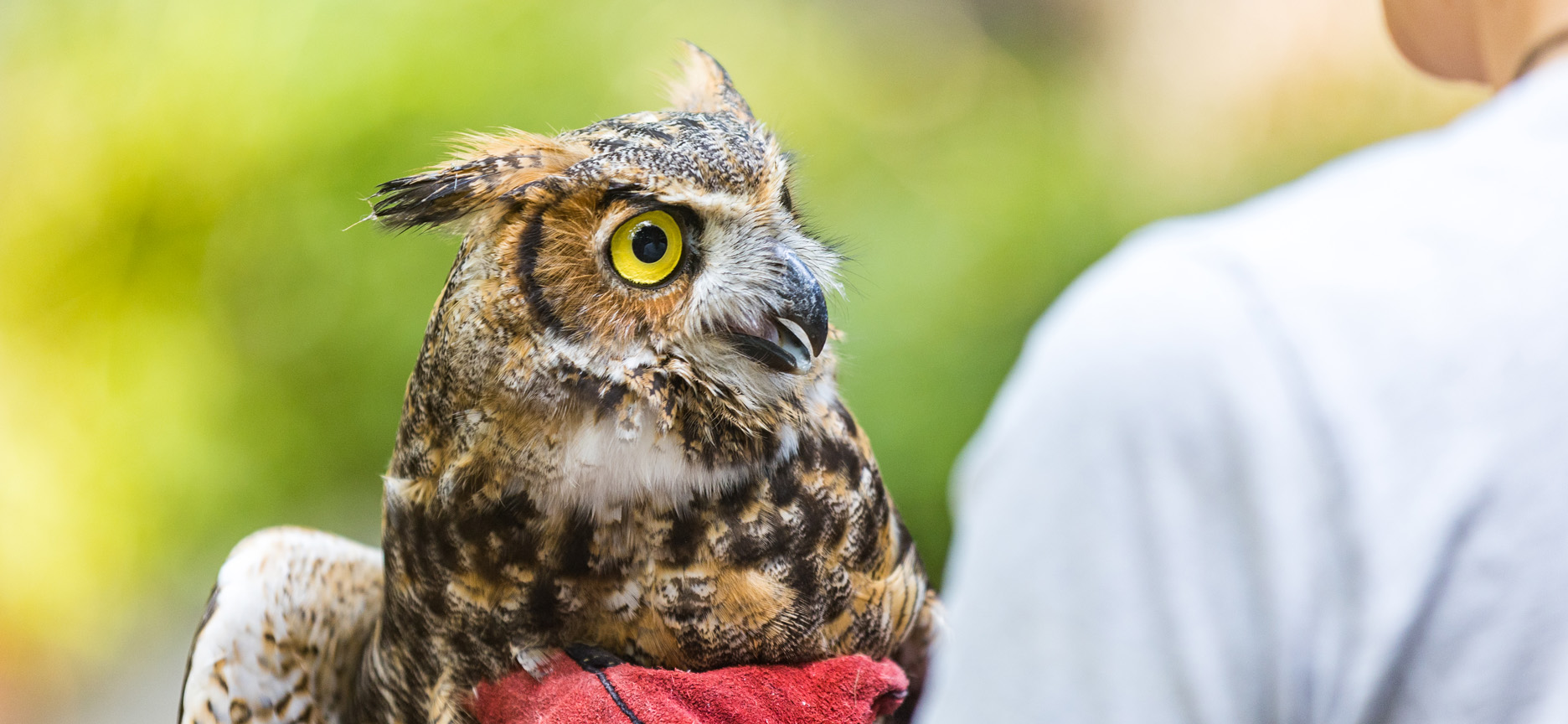Usual Challenges and Solutions in Urban Wildlife Removal Initiatives
Urban environments existing unique challenges for wild animals monitoring specialists charged with getting rid of or taking care of wildlife populations. These difficulties frequently converge with honest considerations, lawful frameworks, and the safety and security of both human beings and pets. Public resistance and mistaken beliefs further make complex these efforts, necessitating innovative, non-lethal solutions and robust area outreach. Comprehending the intricacies entailed in metropolitan wild animals removal is crucial for creating strategies that stabilize human safety and security with wild animals well-being. What techniques have confirmed most reliable, and exactly how can communities be much better involved to support these campaigns? This discussion looks for to reveal the elaborate equilibrium needed for successful urban wild animals management.
Ethical Wild Animals Administration
Dealing with the complexities of ethical wildlife management needs a balance between human rate of interests and the preservation of wild animals communities. In city settings, this balance becomes significantly tough as human growth encroaches on wildlife habitats, leading to regular human-animal interactions. Ethical wildlife administration in these environments needs approaches that prioritize gentle treatment of animals while minimizing potential problems.
Among the core concepts in honest wild animals management is the avoidance of harm. This entails using non-lethal approaches for wildlife elimination, such as exclusion methods that protect against animals from entering human residences, or using deterrents that direct them away from city locations. Wild animals experts are charged with utilizing methods that decrease stress and injury to the animals, ensuring their welfare is considered together with human security.
It is necessary to analyze the eco-friendly roles of urban wild animals and just how their elimination could affect neighborhood biodiversity. Eventually, effective ethical wildlife management entails collaboration in between guardians, policymakers, and the public to sustain city communities.
Browsing Lawful Restrictions
Navigating the legal landscape of city wildlife removal offers a complex layer to the already difficult job of honest wild animals management. Lawful limitations are important in ensuring that wild animals is dealt with humanely and ecosystems are protected. These regulations vary significantly across areas, demanding extensive understanding and conformity from those associated with wild animals monitoring. Rules typically specify acceptable techniques of elimination, safeguarded varieties, and licensure needs, therefore shaping the techniques utilized by specialists.
One significant difficulty is the consistent advancement of these legislations, often driven by ecological adjustments and social perspectives in the direction of wild animals preservation. Because of this, professionals have to continue to be informed about current legal criteria and upcoming legal adjustments. Non-compliance can cause significant charges, lawful implications, and reputational damages.
In addition, partnership with neighborhood authorities can be critical in navigating these restrictions effectively. Structure relationships with wild animals agencies and legal professionals can supply useful understandings and support. This partnership makes certain that removal efforts are not only legal but also straighten with wider preservation objectives. Thus, understanding and adhering to lawful frameworks is not merely a step-by-step need yet a fundamental element of sustainable and accountable metropolitan wild animals administration.

Security in Removal Practices
Ensuring safety and security in wild animals elimination techniques is critical to shielding both animal and human well-being. These efforts call for a well balanced strategy that lessens threat while achieving the preferred result of relocating pets from city settings. A main issue in wild animals removal is the capacity for injury or disease transmission to human beings, requiring making use of individual protective equipment (PPE) such as goggles, masks, and handwear covers. Educated official website professionals should deal with removals to avoid aggravating the situation, as untrained people may inadvertently hurt themselves or the pets involved.
Safe removal practices likewise consist of using gentle traps designed to protect against injury. These catches must be regularly kept an eye on to make sure that animals are not left in distress. Additionally, it is important to comply with standards that dictate the proper handling, transportation, and release of recorded wildlife, ensuring that the pets are gone back to appropriate environments where they can thrive without posturing more dangers to city atmospheres.
Furthermore, education and training for those associated with wildlife elimination are essential. This makes sure that all events understand the newest safety and security protocols and techniques, thereby reducing the possibility of mishaps and advertising an unified coexistence in between urban dwellers and wildlife.
Innovative Deterrent Solutions
While safety and security in wild animals removal is crucial, preventing encounters with her latest blog metropolitan wild animals through innovative deterrent solutions can substantially reduce the demand for such treatments. Urban settings, with their abundance of food and shelter, frequently bring in wildlife like squirrels, raccoons, and pigeons, leading to potential problems. Improvements in modern technology and style have led the way for efficient and imaginative deterrent approaches that lessen wild animals existence without injury.
One such remedy is the usage of ultrasonic tools, which give off high-frequency noises inaudible to humans but undesirable for various wild animals species, driving them far from certain locations. Furthermore, motion-activated lawn sprinklers can prevent animals by surprising them with sudden ruptureds of water, effectively dissuading their return. These gadgets are particularly beneficial in securing yards and eco-friendly areas from foraging pets.

Moreover, the integration of wise lights systems that readjust their brightness and shade can interfere with the nocturnal activities of particular wildlife, decreasing their convenience in city setups. Physical obstacles, such as bird spikes and nettings, continue to function as practical deterrents, preventing animals from nesting or roosting in undesirable places. Emphasizing humane and green methods, these technologies hold guarantee for lasting urban wildlife monitoring.
Area Education And Learning Efforts
Recognizing the relevance of neighborhood education and learning campaigns is crucial in resolving city wild animals challenges efficiently. Such initiatives play a significant role in promoting conjunction in between humans and wild animals in metropolitan settings by raising understanding and advertising responsible actions. Informing residents regarding regional wildlife varieties, their environments, and habits can reduce misunderstandings and concern, bring about more enlightened decisions regarding wildlife management.
Area education initiatives typically consist of workshops, workshops, and outreach programs designed to engage residents of all why not try this out ages. These efforts can focus on functional guidance, such as protecting waste containers, setting up bird-friendly frameworks, and avoiding feeding wildlife, which assists prevent bring in animals into city locations. By distributing knowledge about the eco-friendly functions of wildlife, neighborhoods can change perspectives from watching pets as nuisances to acknowledging their worth within urban communities.
In addition, education campaigns can equip communities to get involved proactively in preservation initiatives. Homeowners who comprehend the value of wild animals conservation are most likely to support gentle elimination techniques and habitat security procedures. Efficient neighborhood education needs collaboration in between regional authorities, wild animals specialists, and neighborhood leaders to create customized programs that resolve particular urban wildlife issues. Such participation makes certain that academic efforts are both impactful and relevant, fostering harmonious urban atmospheres.
Verdict
Urban wild animals removal needs a multifaceted strategy, addressing ethical monitoring, lawful conformity, and safety and security in elimination methods. Using innovative deterrent options and prioritizing non-lethal techniques are crucial for minimizing human-wildlife conflict. Community education efforts play a substantial function in altering perceptions and encouraging conjunction by promoting an understanding of wild animals habits and lowering attractants. Effective urban wildlife management hinges on collaboration among specialists, authorities, and homeowners, ensuring strategies that guard human safety while valuing wildlife welfare.
Urban environments present unique obstacles for wildlife monitoring professionals entrusted with removing or handling wildlife populations. Recognizing the complexities involved in city wildlife elimination is crucial for establishing approaches that balance human safety with wildlife welfare.Navigating the lawful landscape of metropolitan wild animals elimination offers an intricate layer to the currently tough job of moral wild animals administration.While safety and security in wildlife elimination is essential, avoiding encounters with urban wild animals via innovative deterrent solutions can dramatically reduce the need for such treatments. Effective metropolitan wildlife administration pivots on cooperation amongst professionals, citizens, and authorities, making sure strategies that guard human safety and security while valuing wildlife welfare.